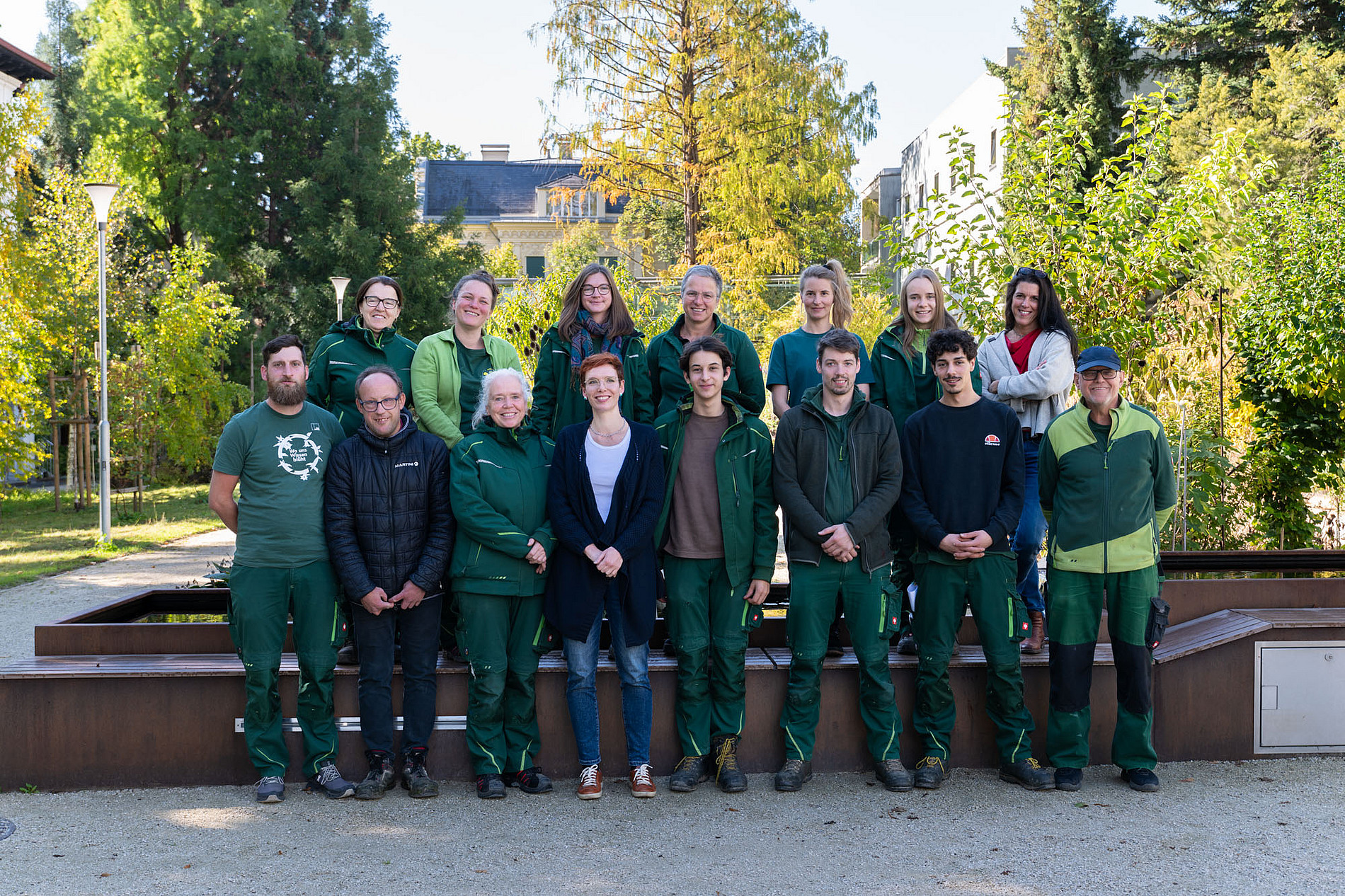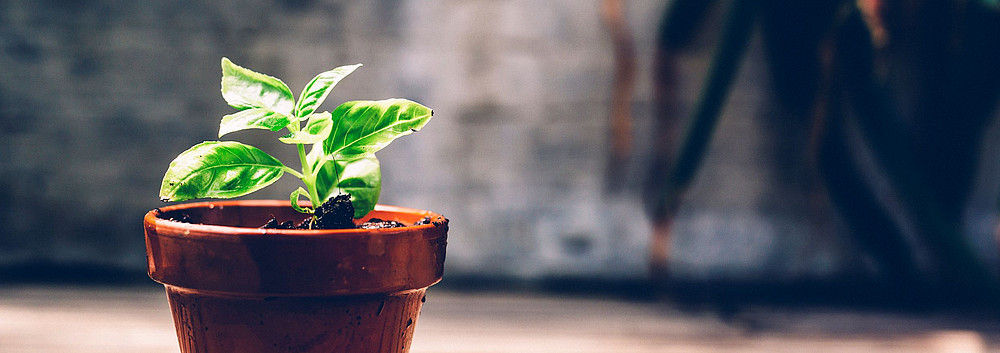About us
The Graz Botanical Garden introduces itself
Visit us in the Botanical Garden!
Please follow our instructions when visiting our beautiful area!
Technical garden management
BSc Jonathan Wilfling
Freiland Lab / Communication / Social media
Mag. Ulrike Grube
A botanical garden was an integral part of the plans initiated by Archduke Johann for the founding of the Joanneum in 1811. It was to be used for teaching, the "art of plant care" and the "propagation of beneficial plants" (plans for this were drawn up by Trattinick, Host and von Portenschlag, cf. Ernet 1997, Teppner 1997).
Franz Xaver Unger, Professor of Botany and Zoology at the Landesmuseum Joanneum from 1835 to 1849, stated in 1843 that the number of species cultivated in the botanical garden was around 8000.
The urban development of the quarter between Neutorstrasse and Raubergasse made it necessary to separate the Botanical Garden. In 1874, a plot of land was purchased in Schubertstraße and designed according to the plans of H. Leitgeb, then Professor of Botany in Graz. Years of efforts to enlarge the garden area were not crowned with success. Eventually, the plots of land that offered opportunities for expansion were all sold and built on with villas. The botanical garden was confined to the current core area. It was not until 1887 that the plan for the construction of an economical version of the garden and buildings was approved. The construction and planting of the gardens took place in 1888 and 1889, for which the entire plant stock was given to the state free of charge. Individual greenhouse plants still come from the Joanneum Garden (palm ferns in the upper level of the entrance hall and the old trees of the arboretum).
Nothing of the Joanneum garden has survived. Today's Johanneum quarter with the Universalmuseum Joanneum is a vague reminder of its existence.
After Leitgeb's death, the first director of the new botanical garden was Gottlieb Haberlandt, university professor of systematic botany. In 1910, he handed over the reins to Karl Fritsch, who was director of the garden from 1910 to 1934. Further garden directors were the university professors Felix J. Widder (1934-1964), Friedrich Ehrendorfer (1965-1970), Wilhelm Rössler (1970-1972), Josef Poelt (1972-1991), Herwig Teppner (1991-1993), Paul Blanz (1993 to 1995), Herwig Teppner (1995-1999), and from 1999 the current director Helmut Mayrhofer.
In 1985, 1349 m2 of land southwest of the Botanical Institute (today's pond, fern mound and rosaceae) was purchased from the owner and annexed to the Botanical Garden. A few years later, as part of a land swap, part of the land belonging to the former Postvilla was incorporated into the Botanic Garden (approx. 0.45 ha). The Bauergarten was created here in 2006.
Construction of the new greenhouses began in 1989 and they were opened on June 25, 1995 after a construction standstill of just over a year.
A brief outline of the history of the garden over a lifetime of trees can be seen in the entrance area on the basis of a copper beech tree slice.
A more detailed overview of the history of the Graz Botanical Garden can also be found in the book: Garten des Wissens - 200 Jahre Botanischer Garten Graz by Thomas Ster, Kurt Zernig, Ursula Brosch and Christian Berg (Grazer Universitätsverlag Leykam, 2011).

